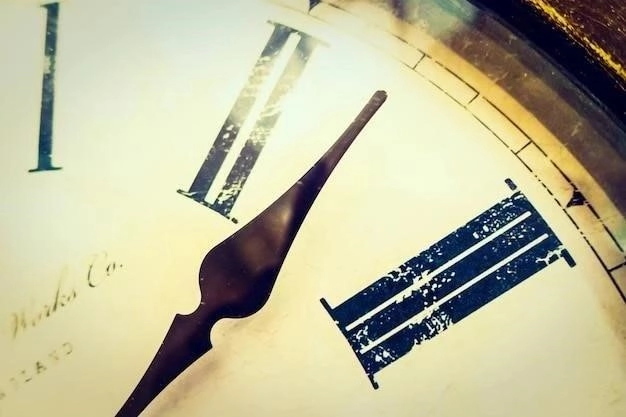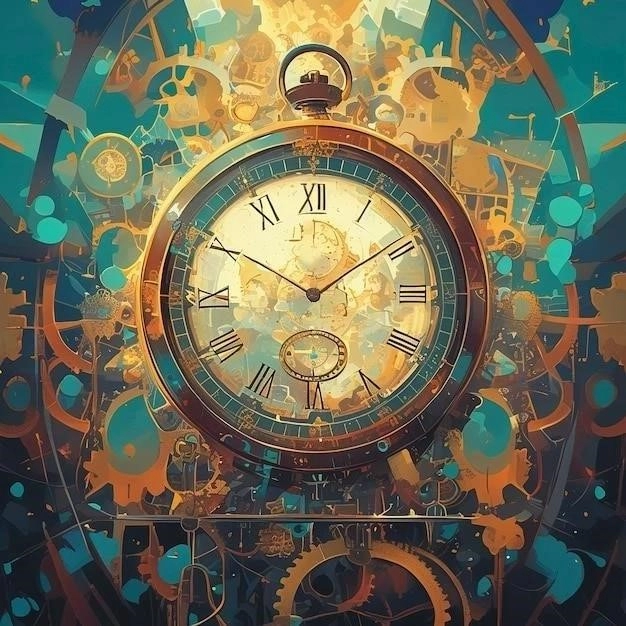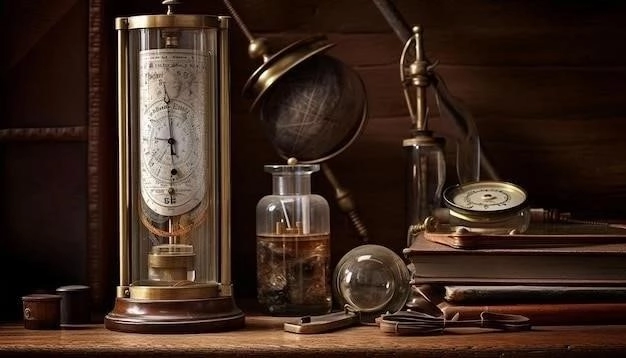Time, an abstract concept yet a fundamental aspect of the universe, has captivated humanity for millennia. Our fascination with measuring and tracking time has led to the development of increasingly sophisticated timekeeping devices, from the humble sundial to the unparalleled precision of atomic clocks. This article delves into the fascinating history of timekeeping, exploring the ingenuity and evolution of these remarkable inventions.

Early Timekeeping: Harnessing the Cosmos
In the nascent stages of civilization, humans relied on celestial events to mark the passage of time. The sun, with its predictable daily journey across the sky, provided the earliest form of timekeeping;
Sundials: Tracking Time with Shadows
Dating back to 3500 BCE٫ ancient Egyptians developed obelisks٫ towering structures that cast shadows whose changing lengths indicated the time of day. These evolved into more sophisticated sundials٫ with marked surfaces and a gnomon (a raised indicator) that cast a shadow corresponding to the hour. The Greeks٫ Romans٫ and Chinese further refined sundial designs٫ incorporating astronomical knowledge to enhance their accuracy.
Water Clocks: Measuring the Steady Flow
Water clocks, known as clepsydras, offered a more consistent method of timekeeping, independent of sunlight. These devices, emerging around 1500 BCE, utilized the steady flow of water between containers or through a small orifice; Markings on the containers indicated the time as the water level changed. Water clocks found use in various cultures, from Egypt and Greece to China, where intricate designs incorporated astronomical features.
Mechanical Clocks: The Dawn of Precision
The advent of mechanical clocks in the 14th century revolutionized timekeeping, introducing a level of precision previously unattainable. These clocks employed a complex interplay of gears, escapements, and oscillators to regulate timekeeping.
Verge and Foliot Escapement: The Heart of Early Clocks
The verge and foliot escapement, a groundbreaking invention around the 13th century, formed the heart of early mechanical clocks. This mechanism utilized a weighted bar (foliot) that oscillated back and forth, regulated by a verge that interacted with a gear train powered by weights or springs. This controlled release of energy enabled the clock to keep time.
Pendulum Clocks: Galileo’s Legacy
In the 17th century, Galileo Galilei’s observations of pendulum motion led to the development of pendulum clocks. Christiaan Huygens, a Dutch scientist, is credited with building the first successful pendulum clock in 1656. The pendulum’s regular swing provided a more accurate time base than the foliot, significantly improving clock accuracy.

The Quest for Accuracy: From Quartz to Atoms
The pursuit of ever-greater accuracy drove further innovations in timekeeping, leading to the development of clocks based on electrical oscillations and atomic resonance.
Quartz Clocks: The Rise of Electronic Timekeeping
In the early 20th century, quartz clocks emerged, harnessing the piezoelectric effect of quartz crystals. When subjected to electrical current, quartz crystals vibrate at a precise frequency, providing a highly stable time base for electronic clocks. Quartz clocks quickly gained popularity due to their accuracy and affordability.
Atomic Clocks: The Pinnacle of Precision
The pinnacle of timekeeping precision arrived with the invention of atomic clocks in the mid-20th century. These clocks utilize the resonance frequency of atoms٫ specifically cesium-133٫ to measure time. Atomic clocks are accurate to within a fraction of a second over millions of years٫ forming the basis of international time standards and enabling groundbreaking scientific research.

Conclusion: A Legacy of Innovation
The history of timekeeping is a testament to human ingenuity and our relentless pursuit of precision. From the sun’s shadow to the atom’s heart, we have harnessed the forces of nature to measure time with increasing accuracy. As technology advances, the quest for even more precise and sophisticated timekeeping devices continues, promising exciting developments in the future.










